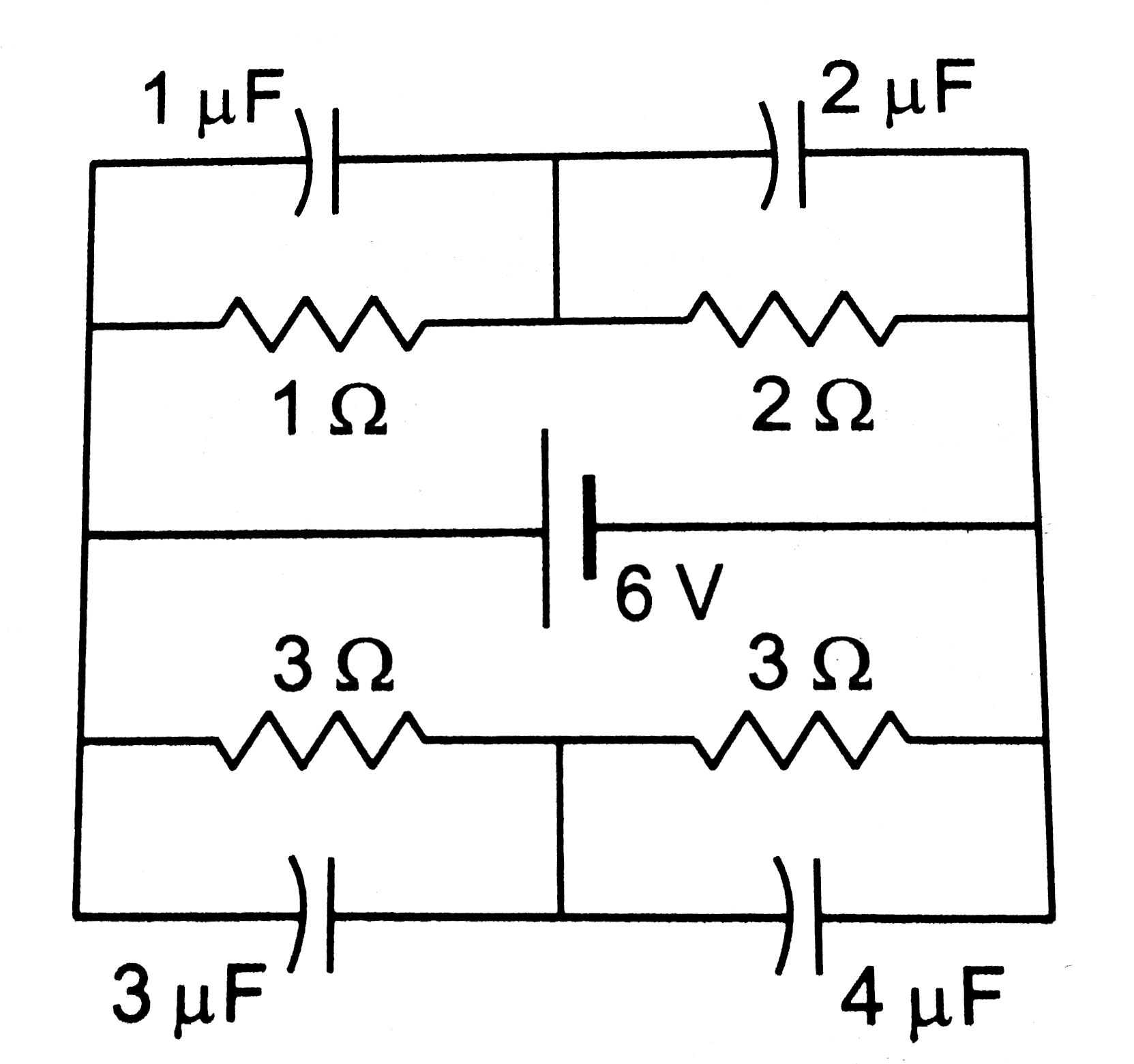If aμ3+bμ2+cμ+d
∣∣
∣
∣∣3μμ+1μ−1μ−3−2μμ+2μ+3μ−45μ∣∣
∣
∣∣ be an identity in μ , where a,b,c,d are constants , then the value of d is : Solution in Kannada
5
−6
9
0
The correct Answer is:B
Step by step video, text & image solution for If amu^3+bmu^2+cmu+d |(3mu,mu+1,mu-1),(mu-3,-2mu,mu+2),(mu+3,mu-4,5mu)| be an identity in mu , where a,b,c,d are constants , then the value of d is : by Maths experts to help you in doubts & scoring excellent marks in Class 12 exams.
Topper's Solved these Questions
- BOOK - MODERN PUBLICATIONCHAPTER - DETERMINANTS EXERCISE - Multiple Choice Questions - LEVEL - II42videos
DETERMINANTS
- BOOK - MODERN PUBLICATIONCHAPTER - DETERMINANTS EXERCISE - Latest Questions from AIEEE/JEE Examinations5videos
DETERMINANTS
- BOOK - MODERN PUBLICATIONCHAPTER - DEFINITE INTEGRALSEXERCISE - RECENT COMPETITIVE QUESTIONS21videos
DEFINITE INTEGRALS
- BOOK - MODERN PUBLICATIONCHAPTER - DIFFERENTIABILITY AND DIFFERENTIATION EXERCISE - RCQs (Questions from Karnataka CET & COMED)25videos
DIFFERENTIABILITY AND DIFFERENTIATION
Similar Questions
If a+b+c=0 , one root of :
∣∣ ∣∣a−xcdcb−xabac−x∣∣ ∣∣=0 is :02:09View SolutionConsider the system of linear equations :
x1+2x2+x3=3
2x1+3x2+x3=3
3x1+5x2+2x3=1
The system has :View SolutionThe value of the integral ∫π/20(sin100x−cos100x)dx is :
01:10View SolutionIf the three function f(x),g(x) and h(x) are such that h(x)=f(x)g(x) and f'(a)g'(x)=c, where c is a constant, then :
f''(x)f(x)+g''(x)g(x)+2cf(x)f(x) is equal to :02:21View SolutionFind the derivative of y with respect to x when y=(3+mu)/(2+mu), where mu=sin^(-1)x
06:07View SolutionFind the charge on the four capacirtors of capacitances 1(mu)F,2(mu)F,3(mu)F,and 4(mu)F, shown in figure.
 02:11View Solution
02:11View SolutionThe Cartesian equation of the plane →r=(1+λ−μ)ˆi+(2−λ+μ)ˆj+(3−2λ+2μ)ˆk is
03:26View SolutionIf the points A(−1,3,λ),B(−2,0,1)andC(−4,μ,−3) are collinear, then the values of λ and μ are
02:31View SolutionA ray of light incident on one face of prism of angle 'A' with refractive index mu .There is no emergent ray if (A) mu>sin((A)/(2)) (B) (B) mu>cos ec((A)/(2)) mu>cos((A)/(2)) (D) mu=sin((A)/(2))
02:16View SolutionA ray of light incident on one face of prism of angle 'A' with refractive index mu .There is no emergent ray if (A) mu>sin((A)/(2)) (B) mu>cos ec((A)/(2)) (C) mu>cos((A)/(2)) (D) mu=sin((A)/(2))
05:10View SolutionIf aμ3+bμ2+cμ+d=∣∣ ∣ ∣∣3μμ+1μ−1μ−3−2μμ+2μ+3μ−45μ∣∣ ∣ ∣∣, be an identity in μ where a,b,c are constants,then the value of d is
09:35View Solution[" Find the equivalent "],[" capacitance between "],[" A&B "],[qquad [*| mu|],[A]|||_(1)|^(2 mu f)|^(4 mu f)|_(2 mu f)^(2 mu f)],[]
04:18View SolutionIf equivalent capacitance of given circuit is 15 mu F then C = ........ . (a) 5 mu F (b) 35 mu F (c) 50 mu F (d) 60 mu F
04:18View SolutionIf the equation 4x2−x−1=0and3x2+(λ+μ)x+λ−μ=0 have a root common, then the irrational values of λandμ are (a) λ=−34 b. λ=0 c. μ=34 b.μ=0
04:37View SolutionFind the charge on the four capacirtors of capacitances 1(mu)F,2(mu)F,3(mu)F,and 4(mu)F, shown in figure.
 03:31View Solution
03:31View Solution

